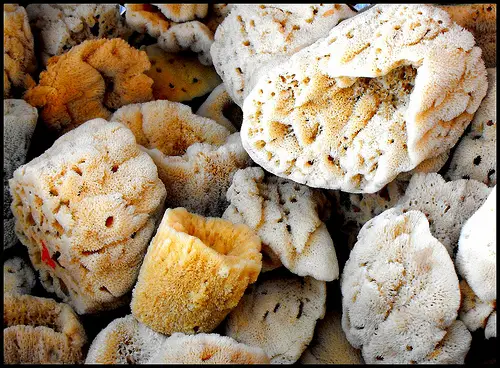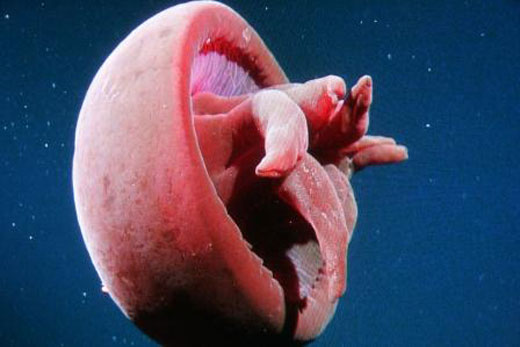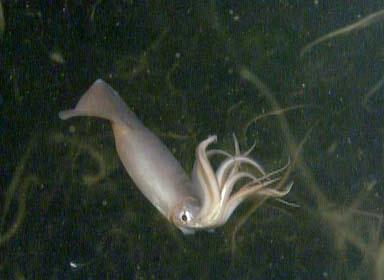Sponge
Although we see sponges every day in various uses such as in the form of a loofah or foam, it does not come across to us as what it really is. Sponges are actually an animal, which belongs to the phylum Porifera. Their bodies consist of a jelly-like material called mesohyl which are sandwiched between two thin cell layers.
Although all animals have non-specialised cells that can transform into specialised ones, sponges are unique as they can transform into other types despite the fact it does not have any kind of digestive, circulatory, or nervous systems. Instead, they require constant water flow through their bodies to obtain oxygen, food, and remove waste. Their shapes are also adapted to maximise the efficiency of water flow.
Sponges are known for being able to regenerate broken fragements. However, this only works if fragments include the correct type of cells. When conditions deteriorate such as colder conditions, several freshwater and marine species produce ‘survival pods’ of unspecialised cells which actually remain dormant until the conditions return back to normal. After this, they will form new sponges or re-colonise their parents skeletons.
Even though they do not have the main systems that most animals use, they do have sexual reproductive systems. They release sperm cells into the water. Instead of digesting them, they will transport them to the ova in their parent’s mesohyl. Fertilised eggs then start their development within the parents, and then larvae are released and search for places to settle.
To reinforce their mesohyl and sometimes produce skeletons, sponges use various materials. They will produce spicules of calcium carbonate, and demosponges will reinforce the mesohyl with a form of collagen called spongin within their fibers. Although glass sponges have silica spicules, their bodies are actually made mostly of syncytia which behaves like a cell sharing a single external membrane.
Demosponges consist of 90% of all known sponge species and have the widest range of habitats. Calcareous sponges are restricted to shallow marine waters where it is easy to produce calcium carbonate. Glass sponges are restricted only to polar regions, and ocean depths where predators are very rare as they are quite fragile. They also feed efficiently in areas where not much food is available. Fossils of all these types of sponges have been found in rocks dating back to over 580 – 523 million years ago.




